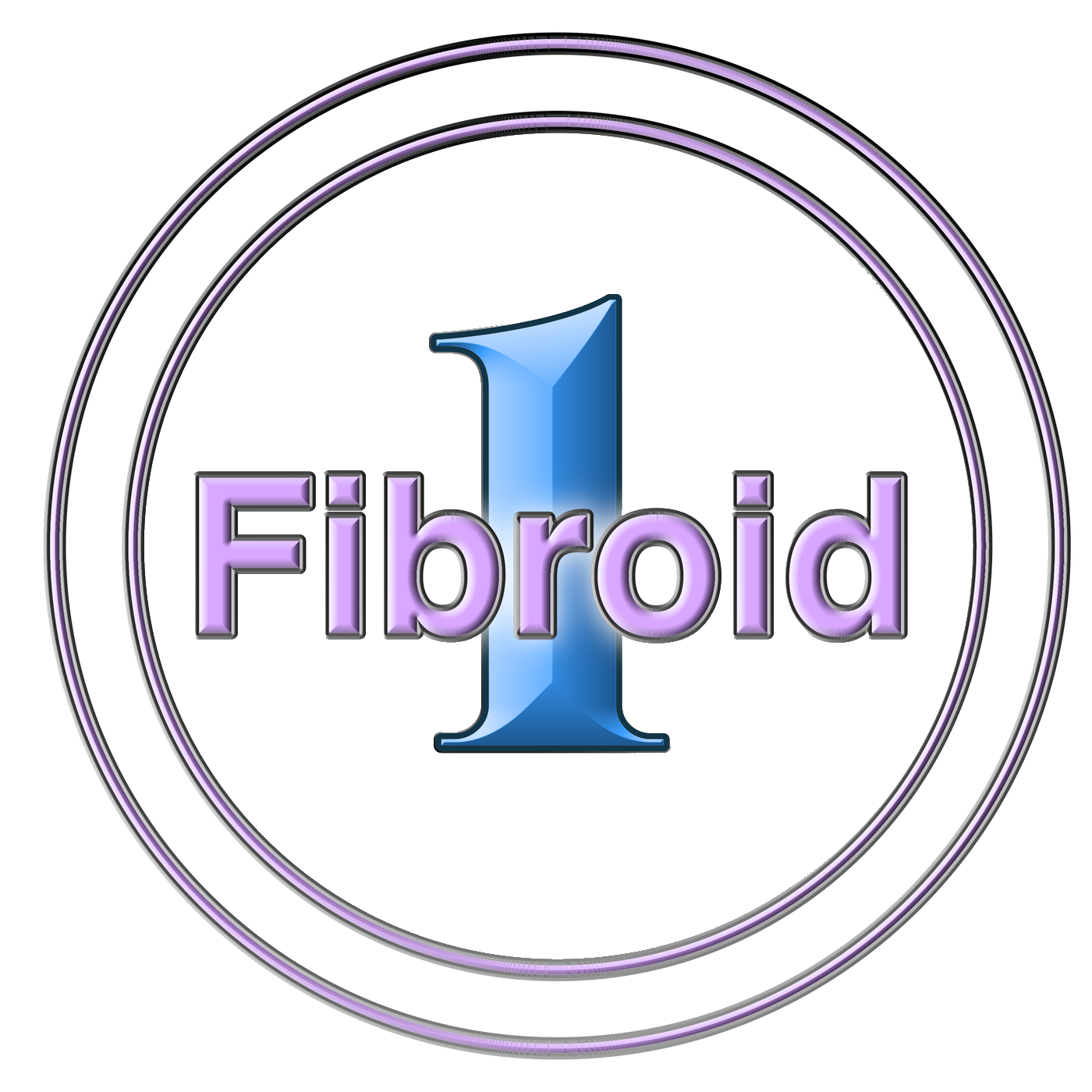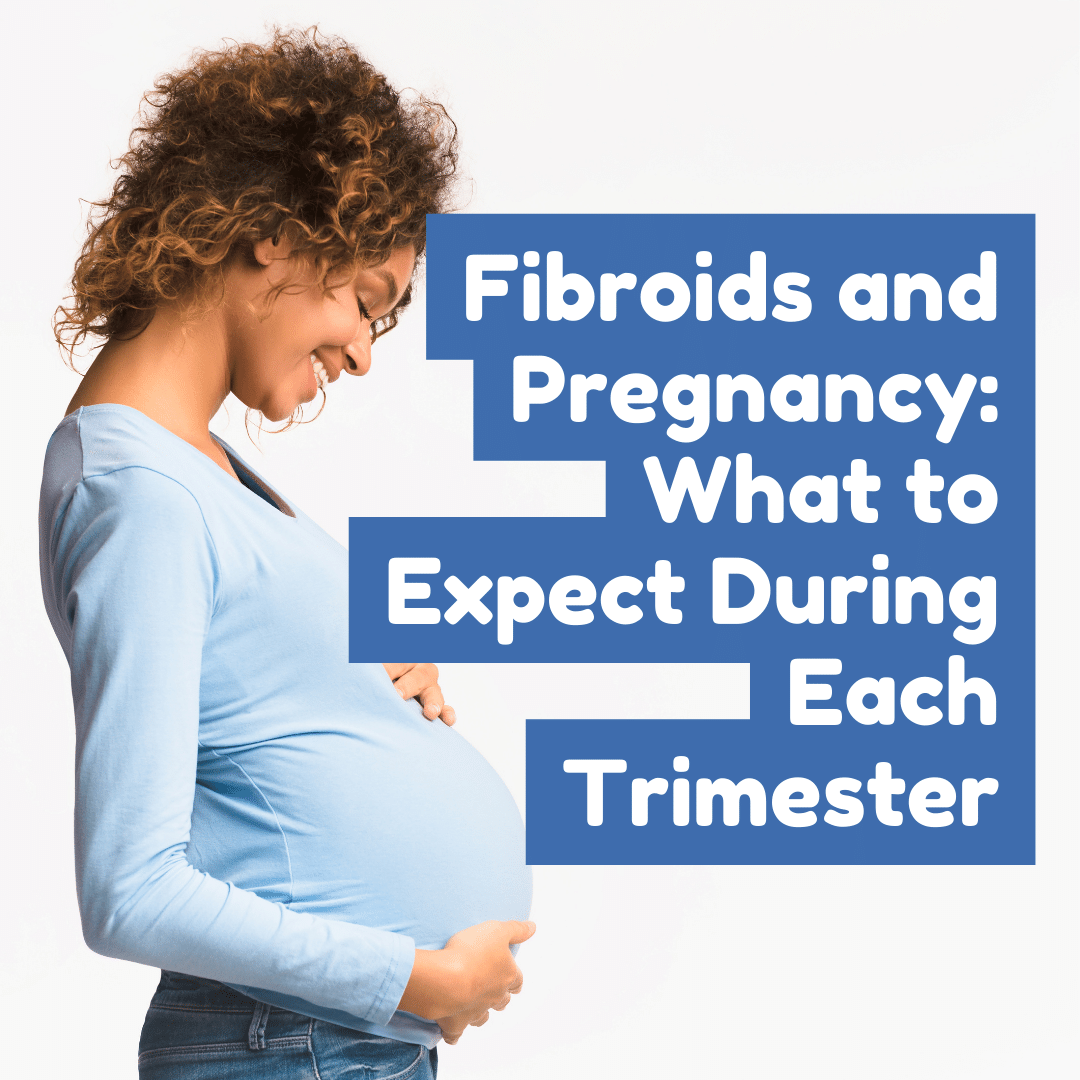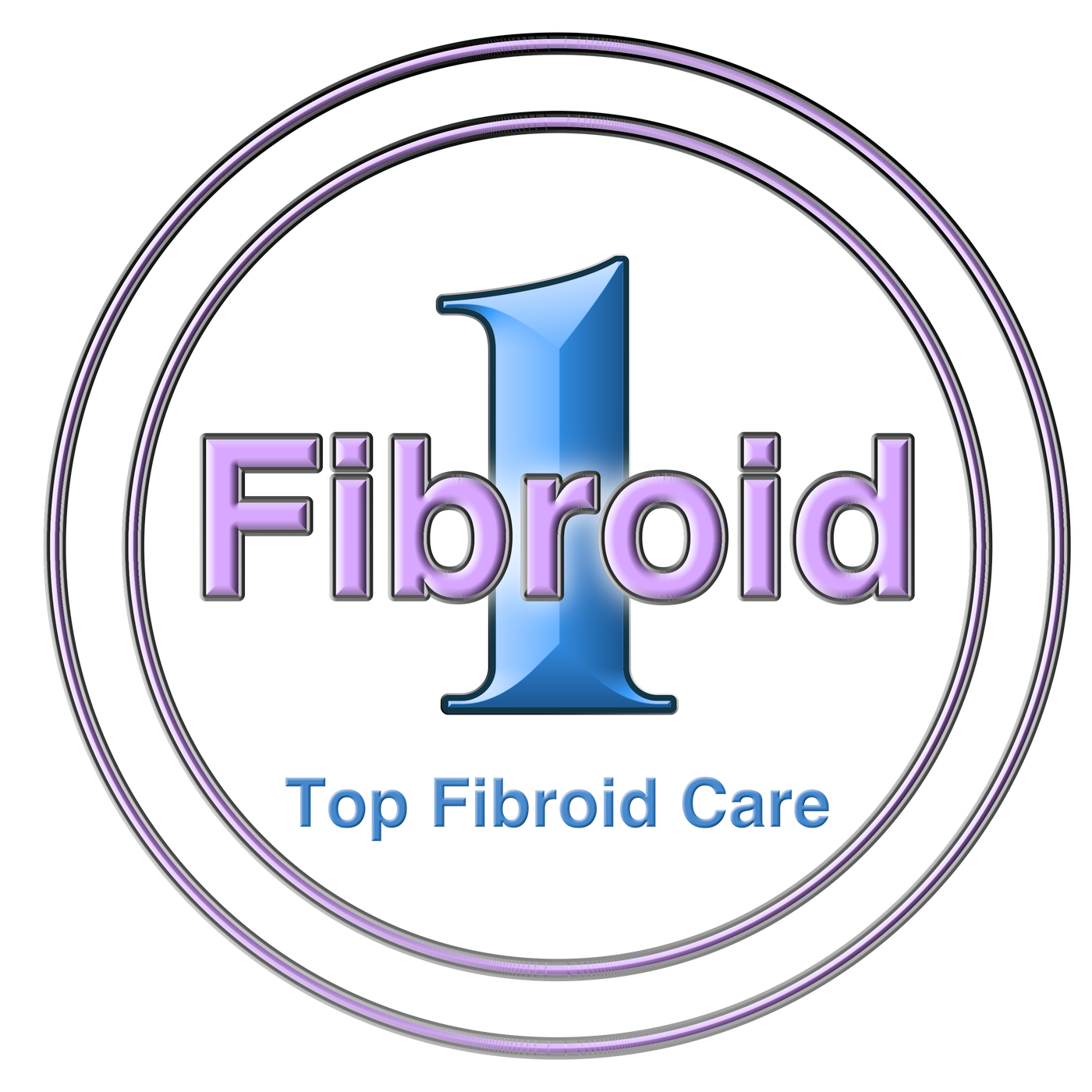Are you pregnant and wondering if you have uterine fibroids? If so, you’re not alone. Uterine fibroids are one of the most common types of tumors found in women. While most pregnancies are unaffected by uterine fibroids, there are a few things you should know about how they can affect your pregnancy. In this blog post, we’ll discuss how uterine fibroids can affect conception, as well as each trimester of pregnancy. We’ll also provide tips for managing fibroids during pregnancy.
What are uterine fibroids?
Uterine fibroids are benign growths that form in the uterus. They can range in size from tiny to large, and can cause a wide variety of symptoms. While most pregnancies are unaffected by uterine fibroids, they can sometimes cause problems.
How Uterine Fibroids Can Affect Conception and Pregnancy
Conception
For starters, there are some cases where uterine fibroids can make it difficult to conceive. This is because they can block the fallopian tubes or distort the shape of the uterus, making it difficult for the egg to implant properly to the uterine wall. This generally happens with submucosal fibroids, which are a type of fibroid that grows within the lining of the uterus. If you’re having trouble conceiving, your doctor may recommend surgery to remove the fibroids. In these cases, you will need to recover from the procedure first before you can resume trying to conceive.
1st Trimester
The first trimester is usually when your fibroids will grow larger due to the increased levels of estrogen. Because of this, you may start to experience symptoms of fibroids such as pain and vaginal bleeding. Pain associated with fibroids can affect the abdomen, pelvic region, lower back, hip, and the back of the leg. While vaginal bleeding can be another sign of uterine fibroids, it can also be a sign of early miscarriage, so be sure to contact your doctor for more information. Unfortunately, women with fibroids are two times more likely to miscarry in early pregnancy as compared to those without. This risk increases with women who have multiple or large fibroids.
2nd & 3rd Trimesters
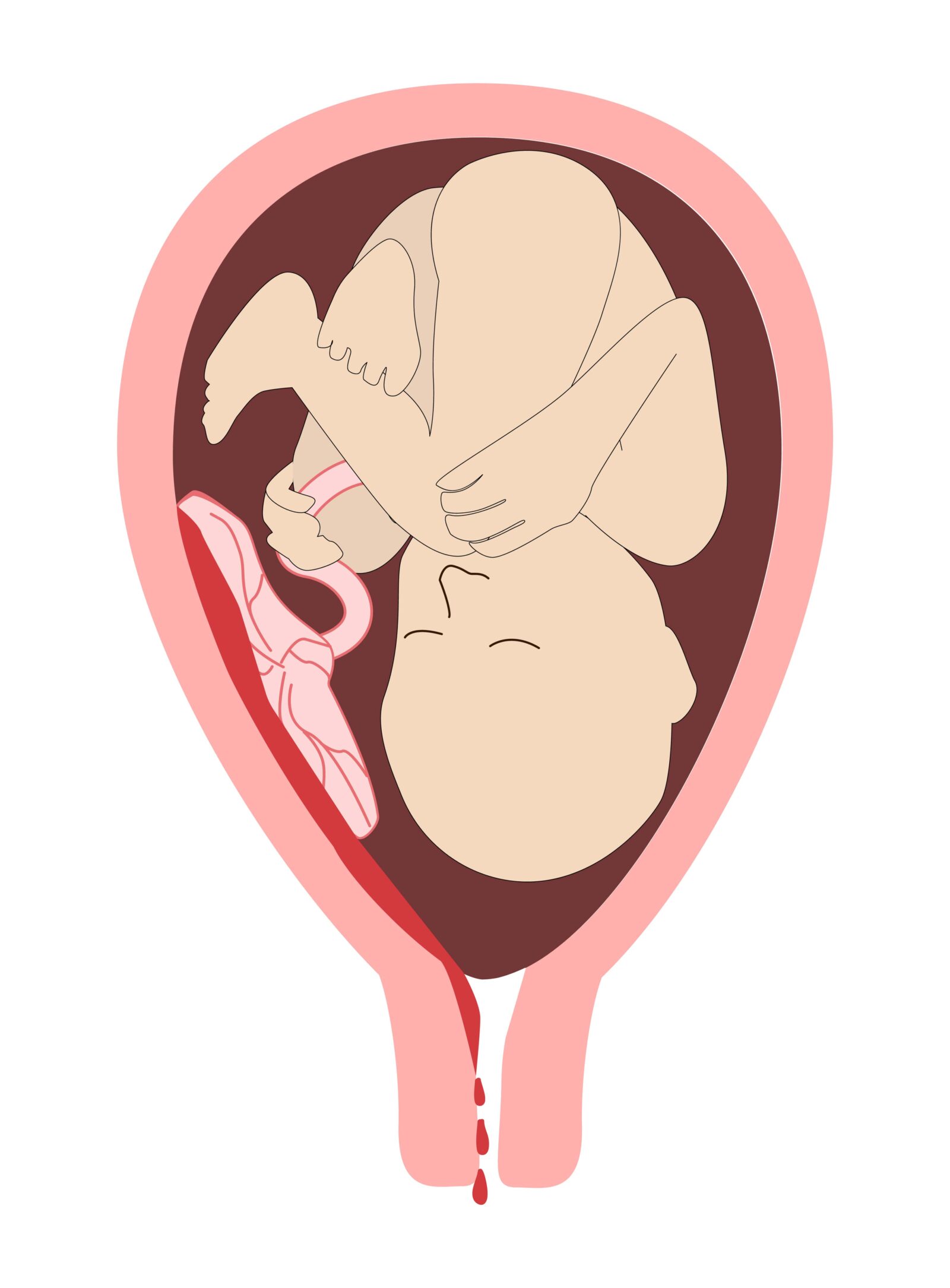
Most fibroids will stop growing during the second and third trimesters because the placenta takes over the production of estrogen. However, existing fibroids may still have an effect on your pregnancy during the second and third trimesters, especially as your uterus expands. Uterine fibroids can cause the following complications:
- Pain: Fibroids can cause pain in the abdomen, pelvic region, lower back, hip, and the back of the leg, especially if they are being pressed by a growing uterus. Fibroids can also twist or “die”, both of which can also contribute to pain.
- Placental Abruption: This is a serious complication in which the placenta starts to separate from the uterine wall, and it can happen if a fibroid grows into or near the placenta. Placental abruption can cause premature birth, low birth weight, and even stillbirth.
- Fetal Growth Restriction: This is when the baby doesn’t grow as much as he or she should during pregnancy. Large fibroids can lead to fetal growth restriction.
- Preterm Labor: While this isn’t as common, some women with fibroids may go into labor early, before 37 weeks.
Labor, Delivery, & Postpartum
Uterine fibroids can also affect labor, delivery, and postpartum. Fibroids that are located near the cervix or in the lower uterine segment can cause obstruction during labor. They can also prevent the uterus from contracting properly. If a fibroid is blocking the birth canal or is preventing uterine contractions, a C-section may be necessary. Women who have fibroids are more likely to require a C-section than women without.
After delivery, postpartum hemorrhage (excessive bleeding) is more common in women who have had fibroids during pregnancy. As a result, you may need a blood transfusion or other medical intervention. The good news is that most fibroids shrink after pregnancy.
Tips for Managing Fibroids During Pregnancy
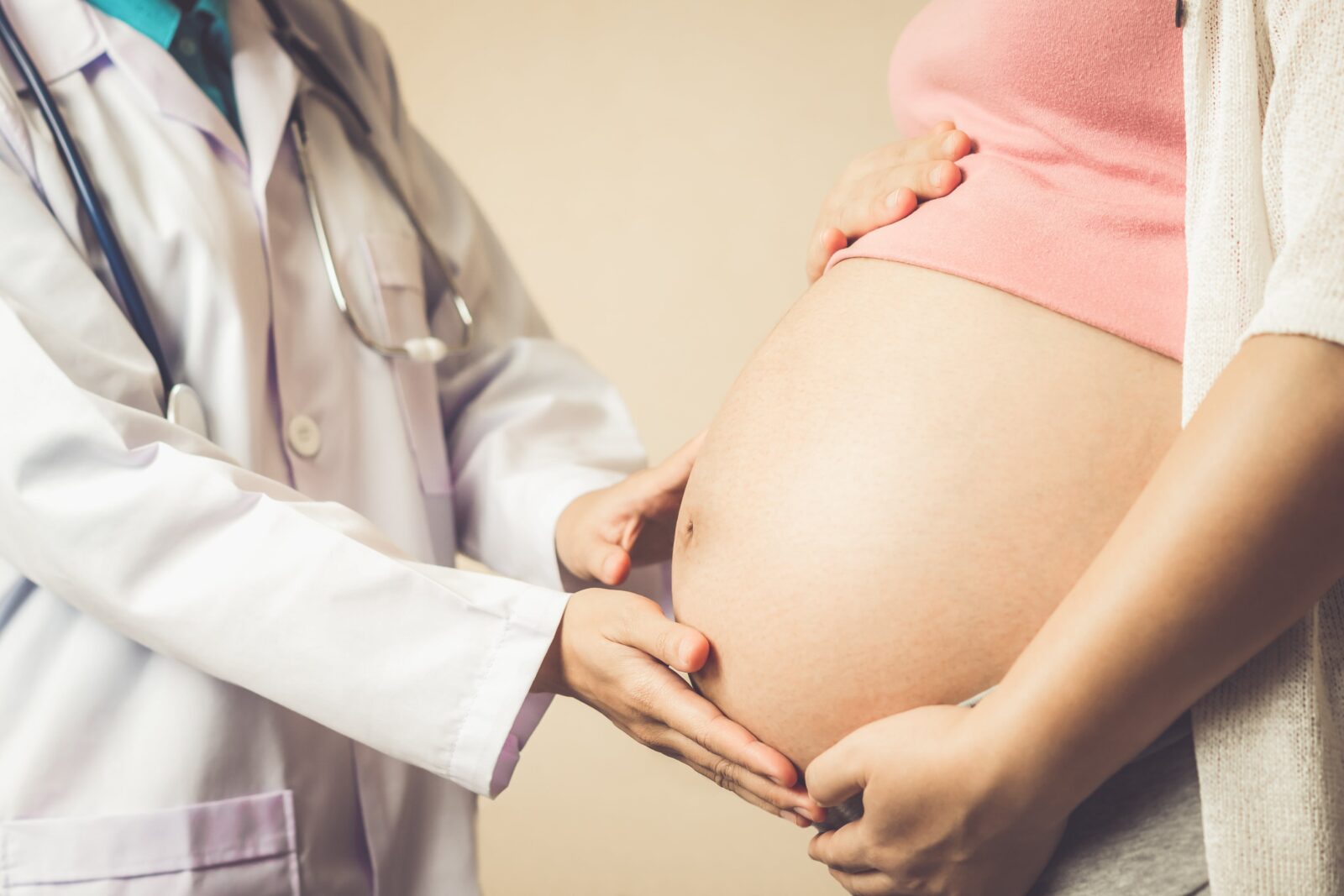
If you are thinking about becoming pregnant, it is recommended to have your fibroids treated first to help decrease the risks associated with fibroids and pregnancy. However, if you have fibroids and are already pregnant, there are a few things you can do to manage them.
First, it’s important to see your doctor regularly during pregnancy so they can monitor the size and location of your fibroids. If any changes occur, they can be monitored closely.
Second, you can take steps to manage pain associated with fibroids. Over-the-counter pain medication can help, but be sure to talk to your doctor first before taking anything. Additionally, a heating pad placed on the lower abdomen or back can also help relieve pain.
Third, if you’re having heavy vaginal bleeding, be sure to contact your doctor right away. While some bleeding is normal during pregnancy, heavy bleeding may be a sign of fibroids or other complications and should be evaluated by a medical professional.
Finally, remember that most fibroids shrink after pregnancy. If you’re hoping to avoid surgery, managing symptoms during pregnancy may be all you need to do. If you are not yet pregnant and think you may have fibroids, seeking treatment ahead of time can also be an option.
In Conclusion
Uterine fibroids are common, and while they can cause some uncomfortable symptoms during pregnancy, most women go on to have healthy babies. By working with your doctor and following tips for managing fibroids during pregnancy, you can help ensure a healthy pregnancy for you and your baby.
If you have any questions or concerns about fibroids and pregnancy, please don’t hesitate to reach out to your doctor. They can help you manage your symptoms and ensure a healthy pregnancy.
